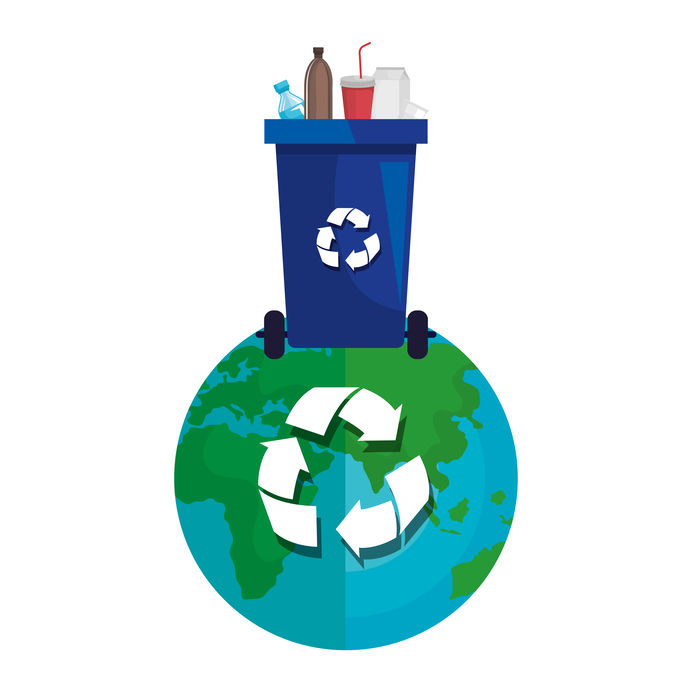Ecological packaging in full expansion
In a context of environmental emergency and consumer awareness, sustainable development, with the objective of developing sustainable packaging, is now an imperative for brands.
Indeed, the ethical values they convey, particularly in terms of the environment, are becoming a decisive criterion in the choice of a product, as consumers increasingly turn to brands that are committed and share their values.
Beyond the beneficial effects on the planet, companies have clearly understood that the recyclability of packaging represents an essential long-term loyalty lever.
In order to stay in the race, they have no choice but to rethink their marketing strategy to:
– develop an economic and competitive advantage,
– enhance their image in order to establish themselves as a responsible and committed company
This trend of reducing plastic waste is a real challenge, with a redefinition of the pack’s functions limited to the conservation and transport of the product, leaving little scope for communication, marketing expression and the visual identity of the brands.
In order to differentiate themselves, brands had to be full of creativity: personalised packaging, consumables, reusable, paper packaging for takeaway catering, campaigns to encourage recycling with operations to recover used clothing against a reduction or a credit, a concentrated formula that has become highly widespread and allows for smaller packaging…
Thus, over the past two decades, manufacturing processes have constantly evolved.
And the era of eco-packaging has manifested itself in different forms that have gradually reduced plastic consumption considerably via:
– packaging reduction: use of refills, smaller and lighter reusable packs, breakable stickers to assemble products, elimination of unnecessary overwrapping
– recycling: use of recyclable and recycled materials, selective sorting of waste.
Today, manufacturers are developing alternative solutions to reduce carbon emissions in the process. The ambition is to integrate biodegradable natural materials into recycling chains (materials, vegetable waste such as citrus fruits or potato peels), and to have fully biodegradable packaging by 2025-2030.
However, the “zero waste” objective remains the final goal:
With especially the installation in recent years of a space dedicated to the sale of bulk food products (coffee, cereals, dried fruit, etc.) in many stores, but without great success.
The “zero waste” goal cannot be achieved without a radical change in behaviour and habits. To do this, the reuse of bags, bottles, the reflex of taking containers before going to a bakery or restaurant to collect an order to take away, must become part of our practices and become an automatism.
You have a product / service innovation project? You want to test a concept, evaluate your product/service? Contact us.
We will be happy to exchange with you. To offer you a tailor-made survey methodology and support throughout your project.
The LDB Mica Research Team
Sources :



